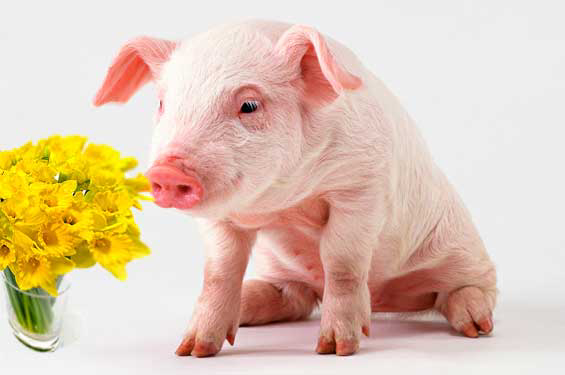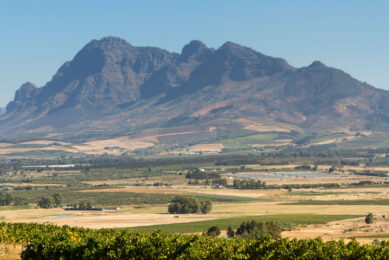Spring blossoms for US Pig producers

Pig producers in the US should return to profitability this spring due to lower feed prices, according to a Purdue Extension agricultural economist, although delayed planting could still change that.
Chris Hurt said the animal industries got an unexpected boost from the US Department of Agriculture’s grain stocks report at the end of March.
“Inventories of both corn and soybeans were much higher than anticipated, and that seemingly indicates that greater supplies of both corn and soybean meal are going to be available for the rest of this marketing year,” he said. “A dramatic downward movement in feed prices had not been expected until mid- to late summer.”
Corn prices dropped nearly $1 per bushel and soybean meal prices about $15 per ton.
Hurt had earlier predicted that hog production could return to profitability this spring, but that was based on an expected spring hog price rally, not lower feed costs.
“Estimated costs for farrow-to-finish production had been around $70 per live hundredweight in the first and second quarter of this year,” he said. “Now, my estimates for second-quarter costs have fallen to about $65.50 and to around $63 per hundredweight for the third quarter.”
In the first quarter of this year, live hog prices averaged near $62 per live hundredweight. Hurt expects those prices to continue to rise to the mid-$60 range for the next two quarters.
If that happens, he said second-quarter prices should cover production costs and hog producers could see small profits of around $8 per head in the third quarter – the first profits they’ve seen since 2011.
If farmers are able to get the 2013 crops planted in a timely manner, feed costs are expected to continue falling for the remainder of this year and into early 2014.
Starting early this fall, total costs of hog production could drop to under $60 for the first time since 2011. But while the optimism is welcome after losses of about $26 a head for the last three quarters, Hurt said feed prices could still change and cause production costs to rise.
“Of course, weather this summer and the size of the 2013 crop production is another uncertainty of feed costs,” he said. “If late planting or poor summer weather results in another below-normal production year in 2013, that could clearly push up new crop prices and maybe push them up substantially.”
But on the other hand, a more normal production year for the U.S. could provide some cushion against the next small crop and help stabilize feed prices for the next few years.
Source: Purdue University











